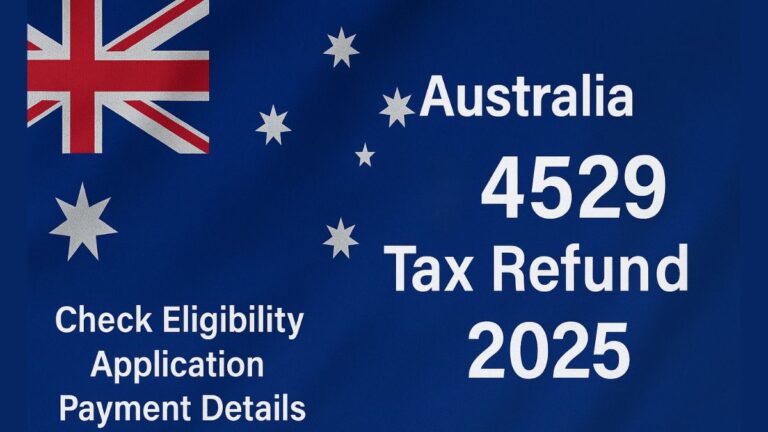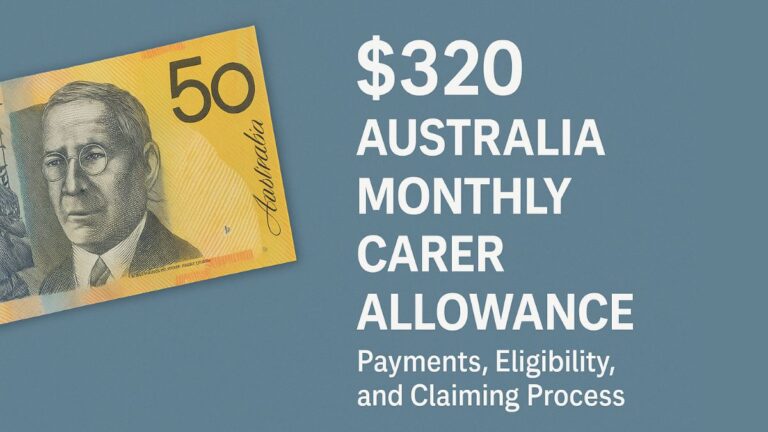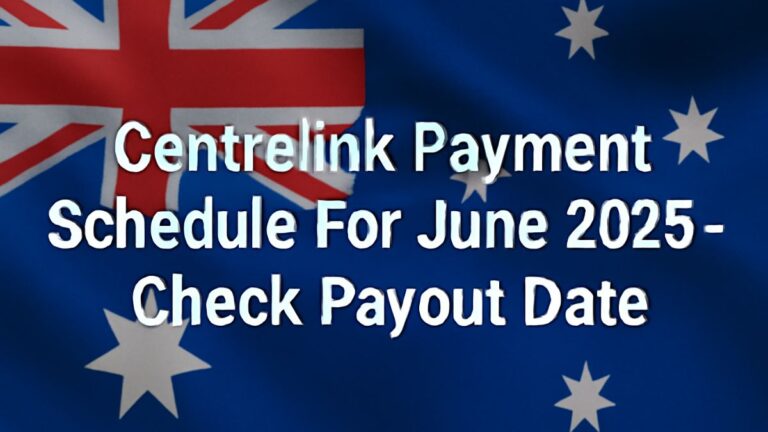Australia $915 Parenting Payment 2025, Eligibility Rules, Asset Tests, and Real-Life Impact
The Australian Government will introduce a revised Parenting Payment of $915 per fortnight starting February 2025. This payment is targeted at parents and caregivers who are the primary carers of young children and are unable to participate in full-time employment. It reflects the government’s response to growing concerns around the rising cost of living and the need for financial assistance among low-income families.
The $915 payment is not just financial aid it is a recognition of the challenges modern families face. The program aims to provide regular and consistent support, especially during the early years of a child’s life when caregiving demands are the highest. Many parents, particularly single parents or those with very young children, struggle to maintain stable income due to caregiving responsibilities, and this payment seeks to bridge that financial gap.
By offering this payment, the government hopes to ensure that families can afford basic needs like housing, food, school-related expenses, and healthcare. It is a major part of Australia’s broader welfare strategy to support families with children, prevent poverty in early childhood, and reduce social inequalities in parenting outcomes.
Australia $915 Parenting Payment 2025
The Parenting Payment serves as an income support measure for families where one or both parents are unable to work due to their childcare duties. It targets those who are either unemployed or underemployed because of their role as the main caregiver. The payment is not temporary; it is intended to be ongoing support for eligible families until the child reaches a certain age limit or until the recipient no longer qualifies based on income or family structure.
It also plays a key role in preventing long-term financial hardship and stress in low-income families. Access to such support helps reduce the need for emergency loans, lowers reliance on food relief programs, and allows families to focus more on child development rather than immediate financial survival.
The scheme supports both single parents and partnered parents, although eligibility criteria differ slightly depending on family structure. Overall, the payment aims to help families stay financially stable while they raise the next generation of Australians.
Eligibility Rules: Who Can Qualify?
Eligibility for the Parenting Payment is based on several factors, including the age of the youngest child, family structure, residency, income, and assets. Below is a summary of the age requirements:
| Family Structure | Youngest Child Must Be |
|---|---|
| Single Parent | Under 8 years old |
| Partnered Parent | Under 6 years old |
Applicants must also meet the following conditions:
- Be an Australian resident and physically present in Australia
- Be the primary carer of the child
- Meet income and assets test thresholds
- Agree to any required mutual obligations (such as job-seeking) when applicable
These requirements ensure that the payment goes to those who truly need it and are primarily responsible for the day-to-day care of the child.
Understanding the Financial Assessment
The amount an applicant receives through the Parenting Payment depends on income and assets testing. These tests are designed to assess how much financial support a family truly needs and whether they are eligible for the full $915 fortnightly payment or a reduced amount.
The income test considers all forms of earnings including wages, business profits, investments, and other government benefits. Assets such as vehicles, investment properties, savings, and shares are also assessed, but the primary home is not included in this assessment.
| Recipient Type | Approximate Income Limit (Fortnightly) |
|---|---|
| Single Parent | $215.60 |
| Couple Combined | $1,304.00 |
If earnings go beyond these limits, the payment will reduce gradually until it phases out completely. This means families earning just above the cut-off may still receive partial assistance.
Understanding these financial guidelines is important for both new applicants and existing recipients. It helps in managing expectations and planning household budgets more effectively.
How to Apply for the Parenting Payment
Applying for the Parenting Payment is designed to be convenient and accessible for all eligible parents across Australia. There are multiple channels through which applications can be submitted, making the process inclusive even for those in rural and remote areas.
Parents can apply using the myGov website by linking their Centrelink account and following the guided application process. For those who prefer direct interaction, applications can be made by calling Services Australia or visiting a nearby Centrelink office. Community support centres are also available in some regional and Indigenous communities to help with the process.
Before beginning the application, it is essential to prepare a few key documents. These include:
- Proof of identity (passport, driver’s license, etc.)
- Information about dependent children
- Recent income details and payslips
- Bank account statements
- Details of any other payments or government benefits being received
Ensuring all details are accurate and up to date can prevent delays and reduce the chances of being asked to repay overpayments in the future.
Benefits in Real-Life Scenarios
The Parenting Payment is expected to create meaningful changes for families dealing with financial stress. For instance, Karen, a single mother of a 7-year-old son, works limited hours and struggles to pay rent and groceries. With the $915 payment, she can now plan her expenses better, reduce debt, and even save a small portion for emergencies.
Another example is Aditya and Maria, a young couple raising a four-year-old daughter in a regional town. Their combined income from part-time jobs barely covers their bills. With the Parenting Payment, they can finally afford quality childcare and maintain a more balanced home life without feeling constantly overwhelmed.
These stories are common across Australia. The payment is not just financial support it helps restore a sense of control and dignity in the lives of caregivers.
Key Points to Keep in Mind
While the Parenting Payment can offer significant relief, it comes with responsibilities. Failing to meet certain conditions or providing incorrect information may lead to issues such as cancellation or repayment notices. To avoid such complications, applicants should keep a few important points in mind:
- Forgetting to report income changes from part-time or casual work
- Not updating family or relationship status with Services Australia
- Missing required participation tasks such as training or job searches
- Providing incorrect or outdated financial information
Being proactive and transparent helps ensure a smooth experience with the payment system. If unsure, families should reach out to Services Australia or use support channels to get accurate advice.
Making the Most of the Payment
The Parenting Payment should ideally be used to support a family’s core financial priorities. This includes not just day-to-day expenses but also investments in a child’s development and future security. Making informed spending choices can make a big difference in how far this payment goes.
- Covering rent and household bills to maintain a safe living environment
- Buying essential items such as food, clothing, and school supplies
- Building a small emergency savings fund
- Supporting access to early education or childcare services
Parents may also choose to combine this payment with other available benefits, like the Family Tax Benefit or Rent Assistance, to further enhance their household income. With thoughtful use, the Parenting Payment can provide not just short-term relief but long-term stability.
Strengthening Australian Families
The Parenting Payment of $915 per fortnight is a major step forward in helping parents and caregivers manage the demands of raising children. It reflects a national commitment to valuing caregiving work and protecting young families from financial hardship.
Understanding the eligibility criteria, income and asset rules, and proper application procedures can help families take full advantage of this support. With accurate reporting and careful planning, the Parenting Payment can serve as a reliable financial backbone for thousands of households in 2025 and beyond.
By strengthening the role of parents through stable support, the government is also investing in the next generation of Australians—ensuring children grow up in homes that are not only loving but financially secure.







